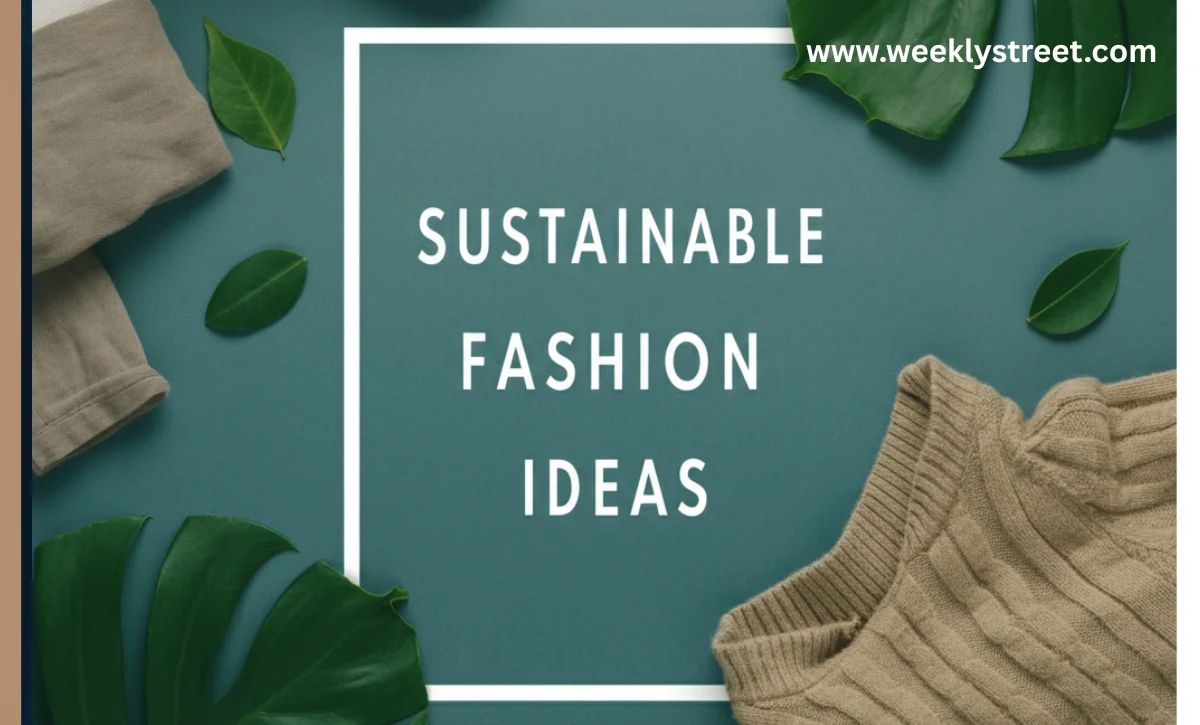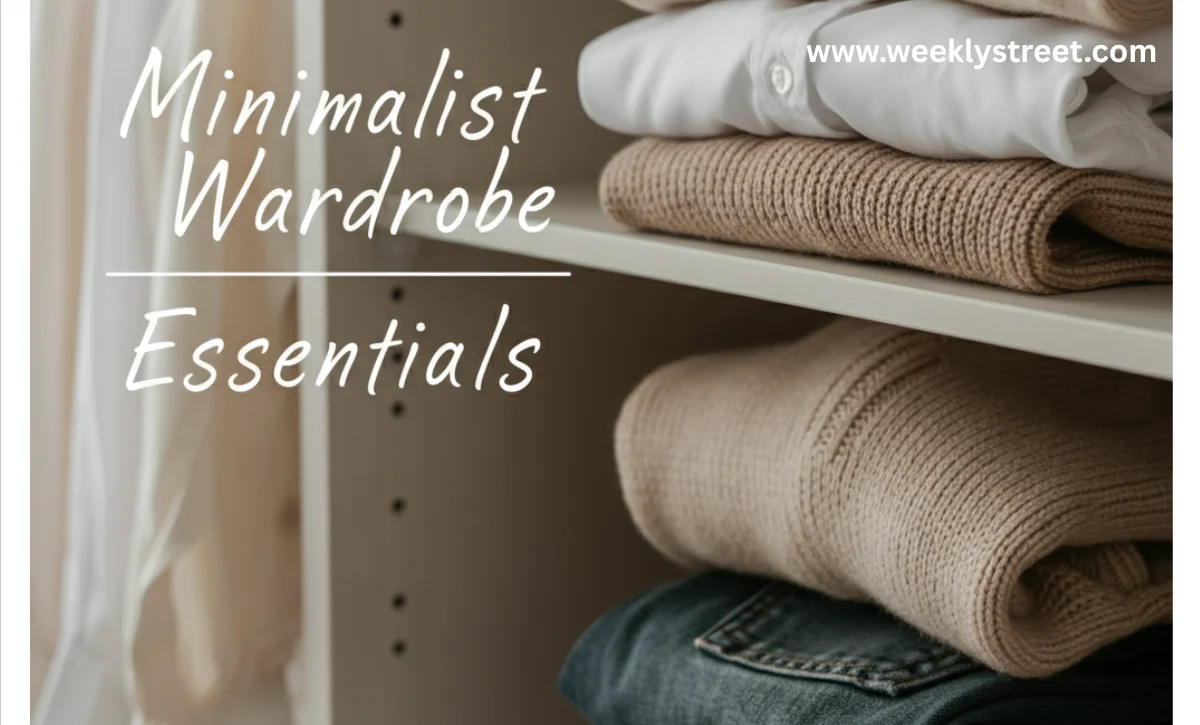Looking for ways to make your style more eco-friendly? You’re not alone—more and more people are searching for practical ways to enjoy fashion without harming the planet. Fortunately, sustainable fashion ideas don’t require you to give up your unique sense of style or spend hours researching every brand; if you’re interested in learning more, check out this overview of sustainable fashion practices from Good On You. It’s about making small, conscious choices that make a big difference in the long run, both for your closet and for our environment.
Small changes—like shopping smarter or learning to care for your favorite clothes—add up fast. Below, I’ll share honest advice, easy solutions, and inspiration to help you put sustainable fashion ideas into action. Whether you’re a longtime lover of eco-conscious style or just starting to explore, there’s something here for everyone.
What is Sustainable Fashion?
Sustainable fashion is about creating and wearing clothes in ways that are kinder to the earth and the people who make them. It means thinking about where your clothes come from, how they’re made, how you use them, and what happens when you’re done. The point is to reduce waste, save resources, and make sure garment workers are treated fairly.
The Problem with Fast Fashion
Fast fashion churns out cheap, trendy clothes so quickly that most of us buy more than we really need, only to toss things away after a season. This cycle creates piles of textile waste and pollutes waterways with harsh chemicals. Choosing sustainable fashion ideas is a clear way to push back against these damaging habits.
Key Principles of Sustainability
At the heart of sustainable fashion are some simple principles: use materials that are gentle on the planet (like organic cotton or recycled fibers), keep water and energy use low, and support brands that look after their workers. It’s not just about what you wear, but how it’s made and who makes it.
Embrace Secondhand and Vintage Shopping
One of the easiest—and often most fun—sustainable fashion ideas is shopping secondhand. Thrift stores, vintage boutiques, and even online resale apps are filled with hidden gems that can help you build your personal style. Plus, buying pre-loved pieces keeps clothing in use longer and stops them from becoming landfill.
Thrifting Like a Pro
Keep an open mind when you go thrifting and make a loose list of what you’d love to find. Check everything for snags or stains, but don’t overlook the potential in a piece with minor flaws—many are easily fixed.
Online Secondhand Marketplaces
If in-person shopping isn’t your thing, take your hunt online. Many websites and apps like ThredUp let you browse by brand, size, or style right from your couch, making it easy to swap or sell your own pieces, too. It’s a simple way to update your wardrobe while supporting mindful consumption.
Adopt a Minimalist Wardrobe
Creating a minimalist wardrobe—sometimes called a capsule wardrobe—is all about choosing fewer, better items that you really love. These are pieces you’ll return to again and again, which means less waste and less clutter. This approach also saves you time in the morning!
Building a smaller wardrobe encourages you to buy with intention and focus on what fits your real lifestyle. Adopting this sustainable fashion idea helps you make the most of what you already have.
Building Your Capsule Collection
Start by pulling out your most-worn clothes, and use those as the base for your capsule. Choose neutral shades as a foundation, then add in a few colors or patterns for variety. Soon, you’ll have a flexible closet that works for any occasion without overflowing drawers.
Learn Basic Mending and Repair Skills
Let’s face it: accidents happen, and sometimes your favorite shirt or jeans get a little worn out. Instead of tossing them, learning some basic repair skills can go a long way. Many simple fixes only take a few minutes but could keep your clothes going for years.
Here are a few easy skills to get started:
- Sewing on a button: Quickly patch up shirts or coats so you can keep wearing them.
- Fixing small holes: Darning or patching is easier than you might think and can even look stylish.
- Hemming pants or skirts: Shortening your clothes means you’re more likely to wear them again and again.
- Replacing a zipper: This one might take practice, but it’s a lifesaver for fixing jackets or pants.
Prioritize High-Quality, Timeless Pieces
Buying fewer, high-quality items is a major part of any sustainable fashion journey. Classic, well-made clothes hold up to repeated wear—and never really go out of style. Although you might spend a bit more at first, these pieces usually pay off by outlasting fast fashion buys.
When you support brands committed to durability and ethical practices, you’re voting with your wallet for a better fashion future. These are the pieces you’ll love season after season.
Care For Your Clothes Properly
How you treat your clothes has a huge impact on how long they last (and how much energy you use). With just a few easy changes, you’ll keep your wardrobe fresh while using less water and power.
Try these clothing care tips:
- Wash less: Only launder when truly needed; sometimes a quick air-out is all it takes.
- Stick to cold water: This lowers your energy bill and is much gentler on fabrics.
- Line dry when you can: Skip the dryer if possible—your clothes and the planet will thank you.
- Use green detergents: Look for biodegradable options free of harsh chemicals.
Conclusion: Weaving Sustainability into Your Style
Making sustainable fashion ideas part of your life doesn’t require a total overhaul—just a willingness to try new things. From secondhand treasures to learning a few basic sewing tricks, even small steps matter. Every thoughtful choice brings us closer to a style that’s both personal and planet-friendly.
Frequently Asked Questions
1. Where can I find sustainable fashion brands?
Look for curated ethical fashion directories online or seek out brands sharing details about their practices. Local boutiques and small designers often prioritize sustainability, too.
2. Is sustainable fashion more expensive?
It can be, especially from certain brands, but secondhand shopping and smart wardrobe care are both affordable ways to embrace sustainable fashion ideas. Investing in long-lasting pieces can also help you save over time.
3. How can I tell if a brand is truly sustainable?
Check their website for information about materials, production, and labor standards. Brands that are genuinely sustainable tend to offer plenty of specifics and transparency.
4. What are some sustainable fabrics to look for?
Fabrics like organic cotton, hemp, linen, TENCEL™ Lyocell, or recycled synthetics are good choices. They generally use less water and fewer chemicals than conventional options.
5. How can I get rid of old clothes responsibly?
Try selling or donating items in good condition, or look for textile recycling drop-off points in your community. The main goal is to keep clothing out of the trash whenever possible.
you may also read : Look Great on a Budget: 7 Affordable Fashion Tips






